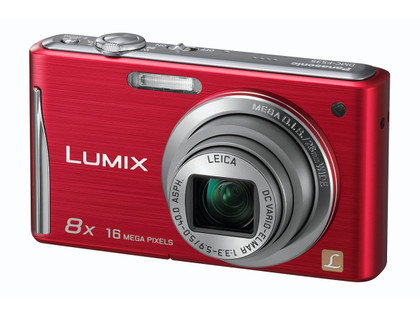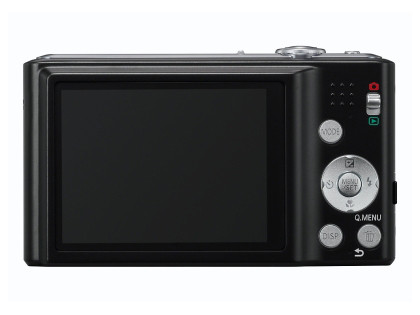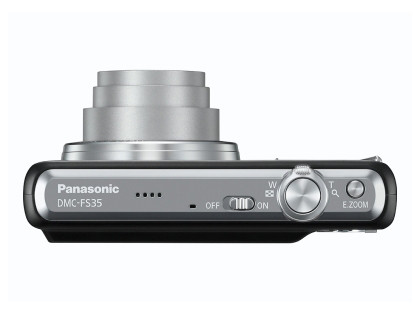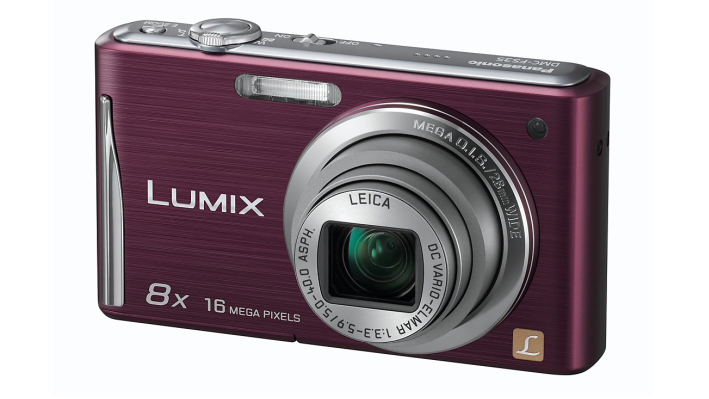Why you can trust TechRadar
Considering the size of the zoom the Panasonic Lumix FS35 is packing, the camera's a relatively small offering, fitting neatly into a pocket or bag at 99.2 x 56.5 x 27.8mm.
It's also very light, at 152g, which on the one hand means it'll go unnoticed, but also means it doesn't feel like the sturdiest of cameras, with the plastic construction giving it a bit of a cheap feel.
Buttons on the camera are few and far between, with the top plate featuring an on/off toggle, the shutter release and an extra button for the Intelligent Zoom.

On the back, buttons are spaced out and laid out well, with a specific button for changing the modes and another for quickly accessing commonly used settings proving handy.
It's worth noting that settings, such as ISO sensitivity, can only be changed when shooting in Normal Picture mode. When using Intelligent Auto, only very basic settings, such as image size, can be altered.
To view images, the toggle needs to be switched from record to playback, which can be a little frustrating at times if you accidentally leave it switched on and need to quickly grab a picture.

It's a shame that there's no dedicated button on the Panasonic Lumix FS35 for video recording. As it is, you need to hit the mode button and choose Motion Picture to activate the video mode, pressing the shutter release to start filming.
Sign up for breaking news, reviews, opinion, top tech deals, and more.
The menu is relatively simple to navigate, but you may find yourself delving into it to change settings very occasionally, with those most frequently used available from the useful Quick Menu.
Many modern compact cameras come equipped with huge screens, pushing past the 3-inch barrier. A lot of these compacts have removed the buttons in favour of a touchscreen, so have more room to play with.

By comparison, the Panasonic Lumix FS35's 2.7-inch 230,000-dot intelligent screen can feel a little small.
However, it's worth noting that some people prefer actual buttons, and the camera copes well in bright sunlight, automatically adjusting the screen to cope with the lighting conditions.

Amy has been writing about cameras, photography and associated tech since 2009. Amy was once part of the photography testing team for Future Publishing working across TechRadar, Digital Camera, PhotoPlus, N Photo and Photography Week. For her photography, she has won awards and has been exhibited. She often partakes in unusual projects - including one intense year where she used a different camera every single day. Amy is currently the Features Editor at Amateur Photographer magazine, and in her increasingly little spare time works across a number of high-profile publications including Wired, Stuff, Digital Camera World, Expert Reviews, and just a little off-tangent, PetsRadar.
